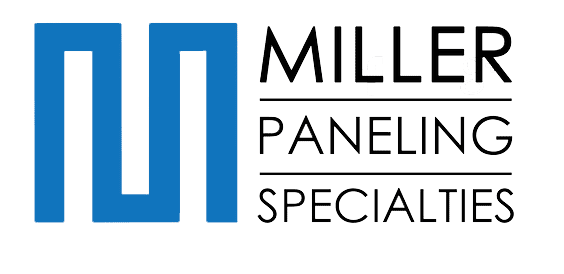Comparative Analysis: Hygienic Wall Cladding vs. Traditional Tiling
Introduction
When it comes to designing spaces where cleanliness and hygiene are paramount—such as hospitals, laboratories, and food processing facilities—choosing the right wall solution is crucial. Hygienic wall cladding and traditional tiling are two common options, but which one offers better performance in terms of installation efficiency, maintenance, and long-term hygiene benefits? In this article, we provide a detailed comparison between hygienic wall cladding and traditional tiling to help you make an informed decision for your next project.
1. Installation Efficiency
One of the key factors to consider when choosing between hygienic wall cladding and traditional tiling is the ease and speed of installation.
- Hygienic Wall Cladding: Hygienic wall cladding is typically made from durable materials like PVC or uPVC, and its installation process is significantly faster and more efficient than traditional tiling. The cladding panels are available in large sheets, which can cover a broad surface area quickly. Unlike tiling, which requires careful alignment and grouting, cladding systems are designed for seamless installation, often utilizing adhesive or mechanical fixing methods that reduce the time and labor required.
- Traditional Tiling: Traditional tiling, on the other hand, is a more labor-intensive process. Each tile must be individually applied and spaced, which increases both the complexity and the duration of installation. Additionally, the need for grouting between tiles adds to the time and effort required. On average, tiling takes up to 50% longer to install compared to hygienic wall cladding
2. Maintenance and Cleaning
The long-term upkeep of a wall solution is critical, especially in environments that require frequent sanitation and strict hygiene protocols.
- Hygienic Wall Cladding: One of the main advantages of hygienic wall cladding is its low-maintenance design. The smooth, non-porous surface of cladding panels prevents dirt, bacteria, and mold from embedding in the material. This makes cleaning easier and more efficient, as there are no grout lines to harbor contaminants. Additionally, many hygienic wall cladding solutions are resistant to chemicals and can withstand harsh cleaning agents without degrading over time.
- Traditional Tiling: While tiles can be relatively easy to clean, grout lines present a significant challenge in maintaining hygiene. Grout is porous and can easily accumulate dirt, mold, and bacteria, which can be difficult to remove even with regular cleaning. Over time, grout may need to be resealed or replaced to prevent staining and ensure a hygienic surface. In high-moisture environments, mold growth in grout lines is a common issue, making traditional tiling a less desirable option for long-term hygiene.
3. Long-Term Hygiene Benefits
In environments where hygiene is critical, such as healthcare facilities, food processing plants, and laboratories, the right wall solution can have a significant impact on overall cleanliness and safety.
- Hygienic Wall Cladding: Hygienic wall cladding is specifically engineered for environments that demand the highest standards of cleanliness. Its seamless and non-porous surface reduces the risk of bacterial growth and ensures that the walls remain free of contaminants. Many cladding systems are available with antimicrobial coatings, further enhancing their ability to prevent the spread of pathogens. These features make hygienic wall cladding a superior choice for environments where hygiene and cleanliness are non-negotiable.
- Traditional Tiling: While tiles offer a durable surface, they are less effective at maintaining long-term hygiene compared to hygienic wall cladding. The presence of grout lines creates opportunities for bacteria and mold to proliferate, particularly in areas with high humidity or moisture exposure. While regular cleaning can mitigate some of these risks, traditional tiling does not offer the same seamless, low-maintenance advantages as hygienic wall cladding.
4. Durability and Lifespan
Both hygienic wall cladding and traditional tiling are known for their durability, but how do they compare in terms of long-term performance?
- Hygienic Wall Cladding: Hygienic wall cladding panels are highly durable and resistant to impact, chemicals, and moisture. Their long-lasting nature means they require minimal maintenance and are less likely to need replacement. Many cladding systems are designed to last for decades, making them a cost-effective solution for the long term.
- Traditional Tiling: Tiles are also durable and resistant to wear and tear. However, the grout between the tiles is susceptible to cracking, staining, and deterioration over time, especially in environments where cleaning chemicals are frequently used. As a result, traditional tiled surfaces may require more maintenance and repairs than hygienic wall cladding.
Conclusion
When comparing hygienic wall cladding with traditional tiling, it is clear that hygienic wall cladding offers superior benefits in terms of installation efficiency, ease of maintenance, and long-term hygiene. Its seamless, non-porous surface, coupled with the option for antimicrobial coatings, makes it the ideal choice for environments where cleanliness is a top priority. Miller Paneling Specialties provides industry-leading hygienic wall cladding solutions designed to meet the highest standards of hygiene and durability, ensuring that your facility remains clean, safe, and compliant.
